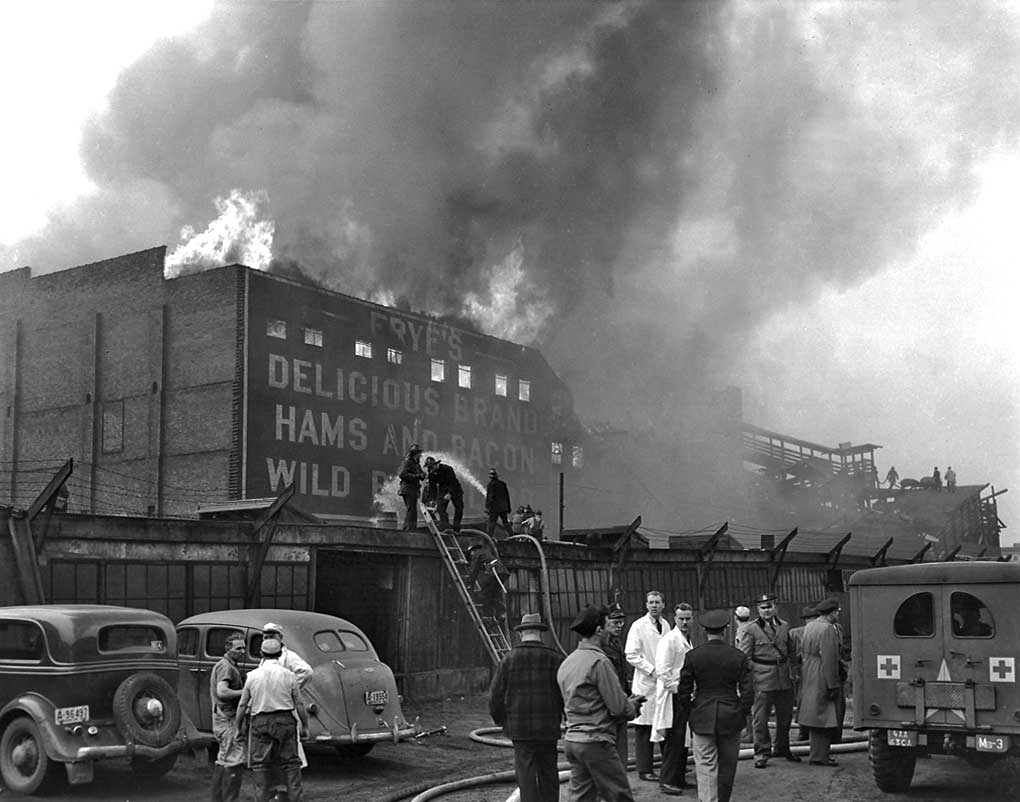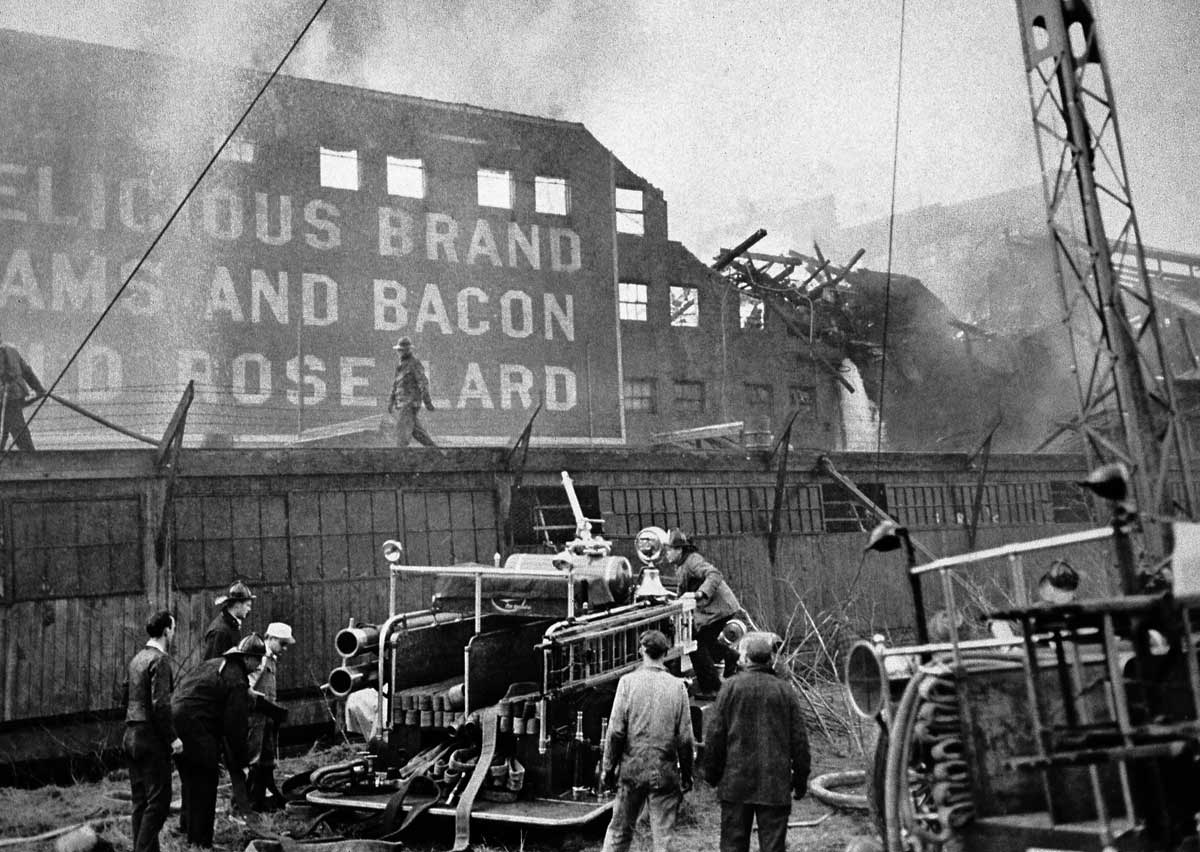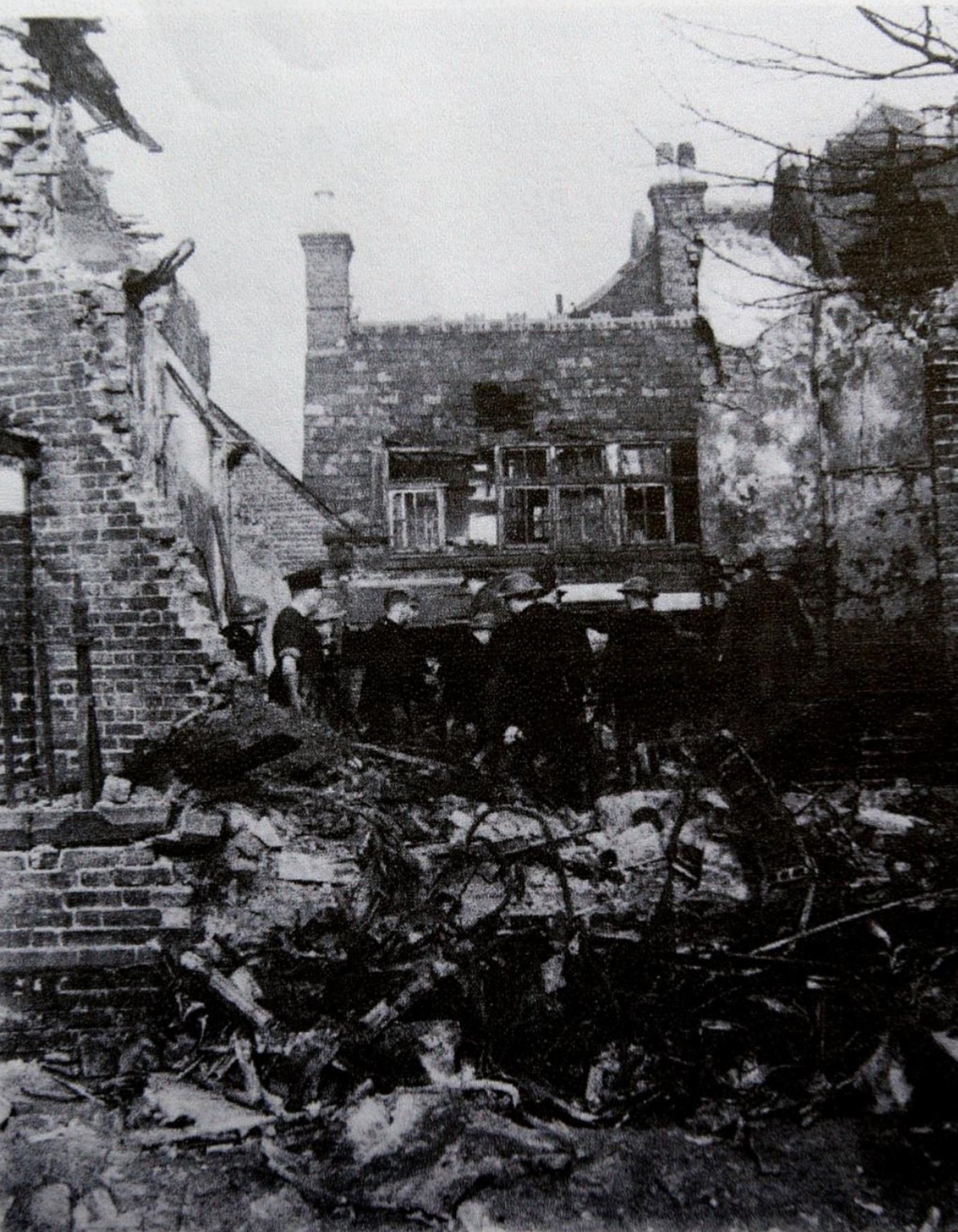Crash of a North American B-25B Mitchell in Delaport: 3 killed
Date & Time:
Feb 26, 1943
Registration:
FK176
Survivors:
No
Schedule:
Nassau - Nassau
MSN:
3012
YOM:
1940
Crew on board:
4
Crew fatalities:
Pax on board:
0
Pax fatalities:
Other fatalities:
Total fatalities:
3
Circumstances:
The crew departed Nassau on a local night training cession. While flying at low height, the airplane crashed onto a house located in Delaport, some 7 km northeast of the airfield. All four crew members escaped uninjured while three people in the house were killed.







